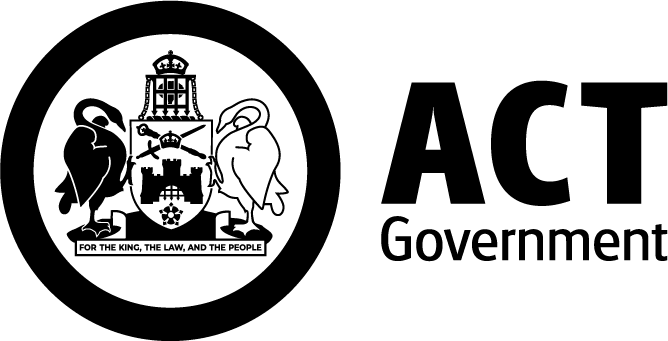Perunga Grasshopper (Perunga ochracea)

Description
- The Perunga Grasshopper has a pale cross on its thorax and small wings.
- The colours on its back can change each year. It's usually grey-brown during dry years and greenish during wet years.
- Females are 30 mm long and males about 15 mm long.
- They eat small flowering plants called forbs.
- Although this species has wings, it can't fly but they jump over 1m.
- Nymphs hatch in late summer and autumn. They develop through winter and in early spring.
- They only live for 12-months.
Find out more about the Perunga Grasshopper on Canberra NatureMapr.
Where to find them
- It has a small range, stretching 180km east-west and 150km north-south. They live across Murrumbateman, Gundaroo, the ACT and Bungendore. Its range is shrinking due to changes to its habitats.
- About 99.5% of Natural Temperate Grassland in Australia have been destroyed or changed since European settlement. The Perunga Grasshopper lives in the areas that are left.
- These areas have grasses such as wallaby, speargrass and Kangaroo Grass.
- The species have been found using grass tussocks as shelter.
Conservation threats
The survival of the Perunga Grasshopper depends on its habitat. Threats to its habitat include:
- native grassland clearing for urban development or agriculture
- changes from weed invasion, farming, pasture improvement, overgrazing, and too much plant growth
- large natural events like wildfires, droughts, and storms.
Conservation status
- Australian Capital Territory – Vulnerable (Nature Conservation Act 2014), Special Protection Status Species (Nature Conservation Act 2014).
Conservation actions
Conservation actions aim to:
- protect the Perunga Grasshopper populations in the ACT
- create a variety of habitats for the grasshopper to live in
- manage mowing, grazing, weed removal, and controlled burning
- improve nearby grasslands to make bigger habitats and connect populations
- provide special areas with management plans
- keep surveying, monitoring, and researching the species
- work with research institutions and non-government organizations and encourage volunteers to help with conservation.
